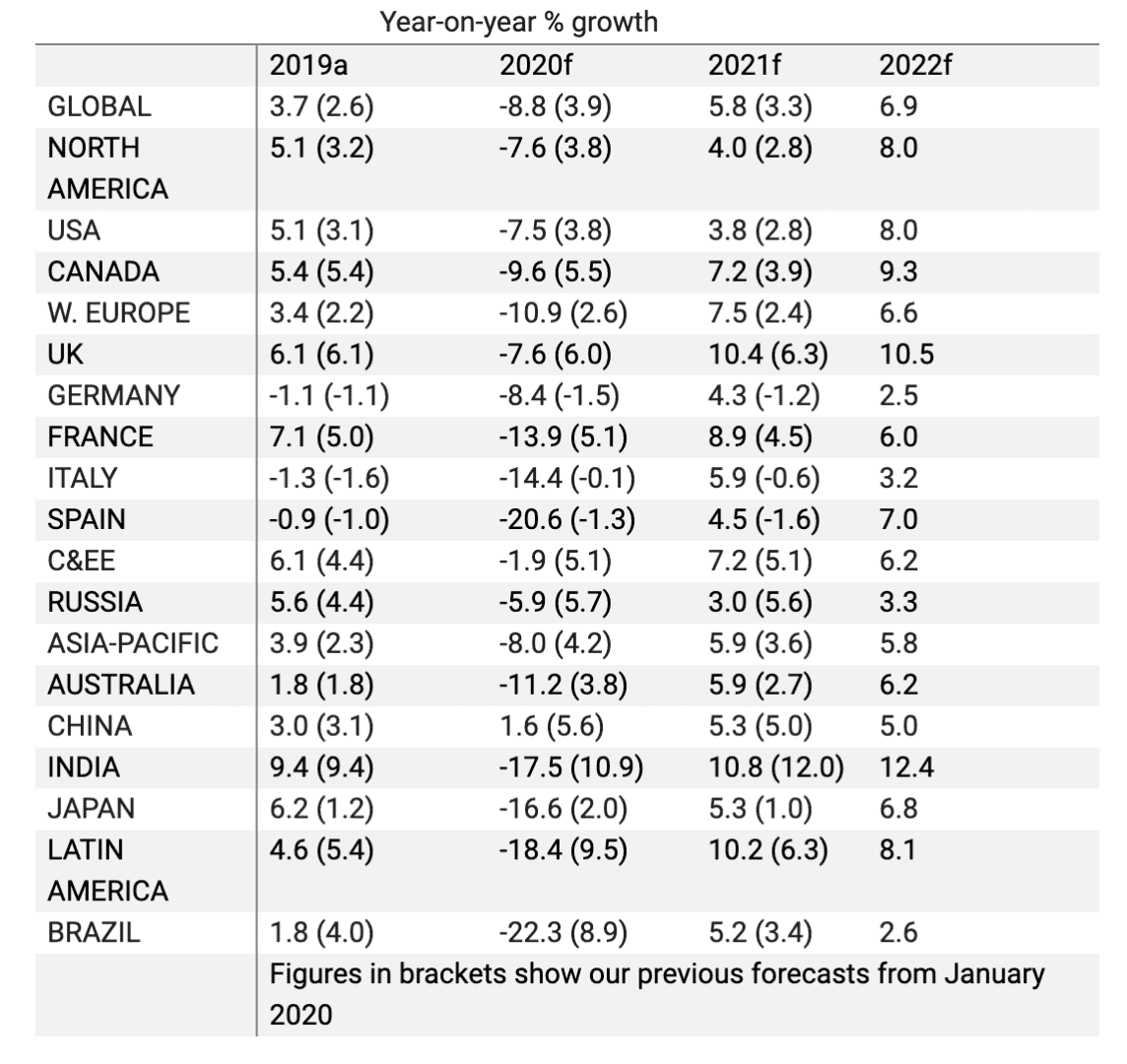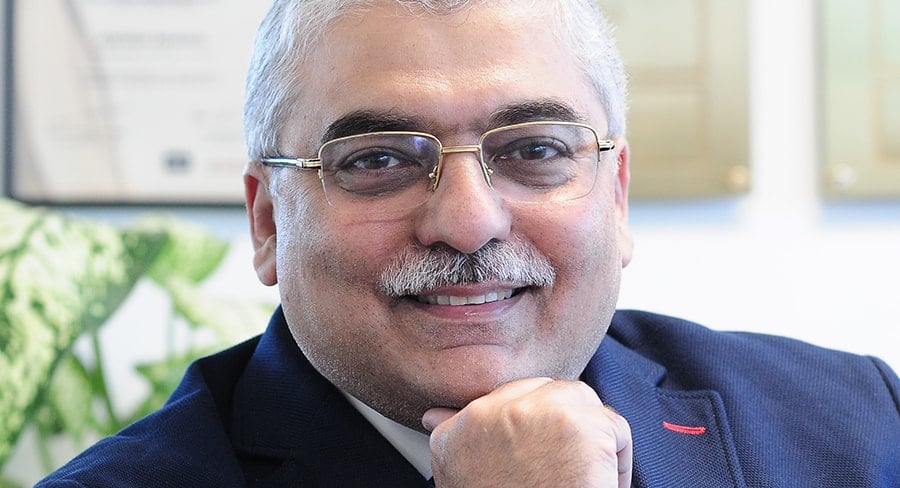Award-winning agency network, dentsu recently released its 2021 forecast on Global Advertising Spend. The report was based on data derived from 59 markets and predicts global ad spend growth of 5.8% in 2021, amounting to USD579 billion. Ad spend in the Asia Pacific, home to 60% of the world’s population, is expected to grow by 5.9%, with share of digital forecast to increase 9.1% to a share of 57.5% of all spend.
“If the 2010s saw the rise of FOMO (Fear of Missing Out), the turn of the decade changed the feeling to FOGO (Fear of Going Out). Conspicuous consumption has been replaced by anxiety and sheltering, with many cautious about doing things that used to be ‘normal’, including shopping, using public transport, and being in crowded spaces. By the summer of 2020, one third of the world’s population had been in some form of lockdown, huddling close to the safety of our homes, as our lives shifted online, resulting in considerable increase in the use of at-home media such as Netflix, Zoom, and Twitch,” said Ashish Bhasin (pictured), CEO, dentsu APAC.
As a result, technology that lets people bring their lives into their homes is on the rise.
“Accelerated by the pandemic and enabled by 5G, technologies which were once thought to be tough to embrace became our key enablers: AI, collaboration tools and social-commerce adoption usage surged. Based on our recent ad spend report, we are expecting to see a dramatic increase in virtual products and experiences,” added Bhasin.
Digital Spend Leads In APAC, Strong Growth In Mobile-First Markets
The pandemic has accelerated a clear shift to digital in terms of share of ad spend in 2020 versus 2019, with the region’s digital share of ad spend accounting for 55.7% share in 2020, higher than the global average of 48% and was the largest in terms of percentage across regions globally. The growth is led by China where digital spend in 2020 accounted for USD64.7 billion (or 67% share of the market’s ad spend in 2020), up from 64.3% in 2019.
Digital ad spend in Hong Kong was up, accounting for 72.3%, a 9% increase from 2019. Digital spend in Singapore rose, at 39.8% share, up 14.4% from 2019. Japan’s digital spend also increased, at 47.3% share, up +7.1% from 2019. South Korea also showed significant growth with 55.1% digital ad spend, an increase by 11% versus 2019. India’s digital ad spend was at 27.9% share, an increase by 7.9 versus 2019. Indonesia’s digital ad spend was at 29.6%, increasing 5.5% versus the same time in 2019.
Online Video and Mobile
In 2020, online video in APAC saw growth of 4% and is forecasted to grow again by 3.9% in 2021. Some markets showed significant strides in spend in online video during 2020: India (46.2% in 2020) is forecasted to grow an additional 45% over the next two years
Malaysia’s spend for Online Video jumped from USD61 million in 2019 to USD108 million in 2020, and Singapore from USD16 million in 2019 to USD62 million in 2020 – both indicating an incline for this medium in these two smaller, yet dynamic SEA markets.
Mobile-first markets, such as India and China, saw significant growth in mobile ad spend at 14.6% in China, during the period of 2019-2020. India showed strong momentum, at double the mobile ad spend in 2019-2020, growing 84% between 2019 and 2020; an increase of USD729 million in this period and is predicted to grow as the pandemic continues to keep people at home. Singapore also more than doubled the mobile ad spend to USD284 million in 2020, an increase of USD161 million from 2019. Vietnam’s mobile spend rose by almost half (+49.1%) in 2020 vs the previous year.

Based on a recent Brand EQ Trends Report released by dentsu’s Carat, the incline on digital ad spend will continue as people spend more time in their own homes as the pandemic continues into the 2020s. However, over time, there will be critical changes. There will be greater polarity in how people respond, based on age (with younger people being more willing to socialise again) and use of technology (amongst households with multiple connected devices, and better able to cope with isolation).
